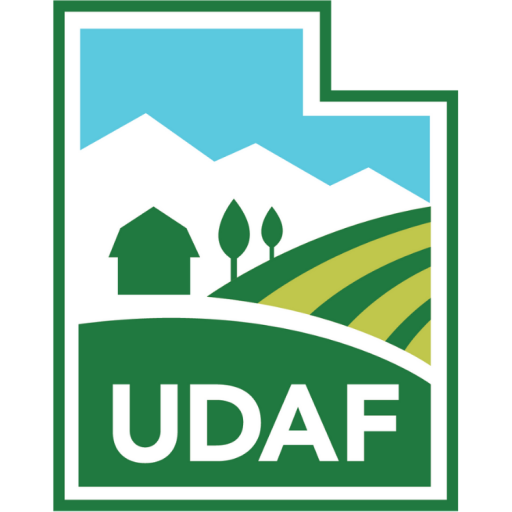Upon appointment as Utah’s Commissioner of Agriculture and Food (UDAF), and based on a statewide fact finding tour, Leonard Blackham quickly emphasized the importance of the state’s $350 million dollar cattle and sheep livestock grazing industry (2011).
For decades no one entity has been in a position to speak for, or represent, the interests of Utah’s livestock industry during the debate over rangeland issues. The UDAF – GIP program is designed to empower the existing grazing community with the intent of improving range conditions as a means to improve the environment and the economic wellbeing of rural Utah. Utah’s livestock grazing industry contributes more than $350 million to Utah’s economy and generates thousands of jobs (livestock grazing is cattle & calves and sheep & lamb).
Considering Utah’s changing demographics and the decline in public land grazing opportunity, the need for state-level representation for the livestock industry became a priority.
Utah’s Changing Rural Population
1900
62% rural – 38% urban
1940
44% rural – 56% urban
2000
12% rural – 88% urban (Fig. 1)
In addition, Utah’s livestock grazing opportunity on public land declined 4-fold from 1940 to 2005(Fig. 2). Because of these two important factors, Commissioner Blackham and industry leaders proposed legislation to stem the decline.
During the 2006 legislative session, the Rangeland Improvement Act (HB 145) was passed by the legislature. It was sponsored by Representative Bradley Johnson and Senator Thomas Hatch, and attracted strong support from the Utah Farm Bureau, Utah Cattlemen’s Association, Utah Farmer’s Union, Utah Woolgrowers Association, rural county commissioners, the Utah Association of Conservation Districts, and others.
“I am excited about the potential that this act offers our hard working ranchers,” said Governor Huntsman as he signed the bill into law.
The bill provided for the establishment of a State Grazing Advisory Board and Regional Grazing Advisory Boards to improve the grassroots voice of both private and public grazing land managers.




